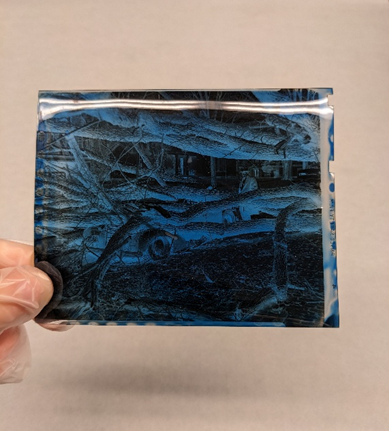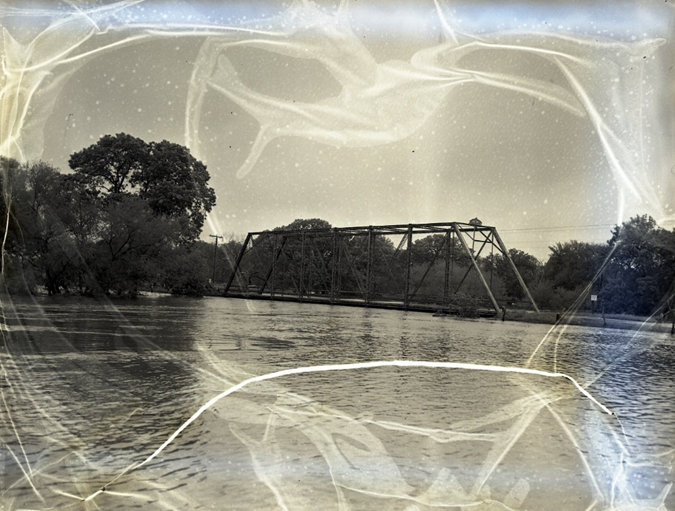The Champaign-Urbana Courier was a prominent local newspaper that served Champaign County from 1877 to 1978. Originally published under the name Champaign County Herald, the paper underwent a few name changes over the course of its history, but it is most commonly referred to as the Courier. The Archives have most of the Courier available on microfilm and indexed in our Local History and Genealogy catalog.
The Champaign-Urbana Courier was a prominent local newspaper that served Champaign County from 1877 to 1978. Originally published under the name Champaign County Herald, the paper underwent a few name changes over the course of its history, but it is most commonly referred to as the Courier. The Archives have most of the Courier available on microfilm and indexed in our Local History and Genealogy catalog.

Figure 1: Phil Greer, Courier staff photographer, 1970.

Figure 2: Jim Rutledge, Courier staff photographer, 1970. The Negatives Collection contains many photos taken by both Greer and Rutledge.
The majority of the negatives in this collection were produced using an acetate film base. This was the primary film base manufactured through the mid-twentieth century, replacing the extremely flammable cellulose nitrate base. To differentiate between the two, Kodak, Ansco, and other photographic companies began stamping their film with “SAFETY” or using a notching system to identify the bases.
When exposed to high temperature and relative humidity levels, acetate film begins degrading, releasing acetic acid, commonly known as household vinegar. This process is called vinegar syndrome, and once it begins, there is no reversal. The degradation can be slowed down significantly through utilizing cold storage. There are six levels of vinegar syndrome. These are often characterized by the presence of a vinegar odor, but as the degradation progresses, visible damage occurs. Below are a few examples of negatives from the Courier collection at varying levels of degradation.

Figure 3: This negative is at Level 2 degradation, as seen by the blue discoloration and shrinkage.

Figure 4: This negative is at Level 6 degradation, as seen by the channeling and crystalline deposits.
The negatives were originally housed in acidic paper envelopes. This kind of enclosure is not recommended for long-term housing, especially for sensitive photographic materials. Instead, the negatives got brand new polyethylene sleeves that met PAT (Photographic Activity Test) requirements. These sleeves were then labeled with any information from the original envelopes, then the negatives were transferred.
During rehousing, the question on the legibility of the images came up, especially regarding the most degraded negatives. While digitizing the negatives fell outside the scope of my time here as an apprentice, I wanted to see how a heavily-degraded negative would scan. Using our scanner that has special settings for negatives, I was able to scan this negative from 1957. While the signs of vinegar syndrome appear in the positive image, it is still fairly legible, which is a good sign for the future digitization of the negatives.

Figure 5: Flood in Fisher, May 1957. The Courier Negatives Collection.
-Luisa Matzner
Archives Assistant
